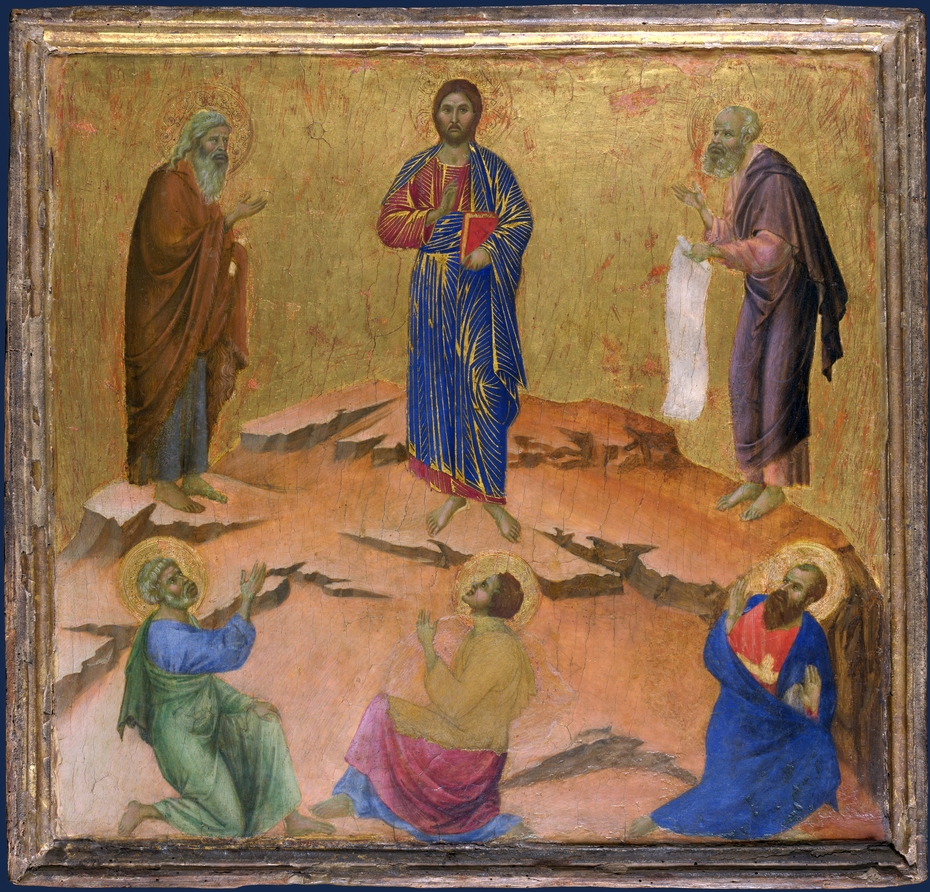FRESCO PAINTING (WALL)
First, the master and his apprentices prepare the materials:
They obtain the colours from the pigments and prepare the ingredients to make the plaster.
Second, after the plaster has rested, the master begins to cover the wall with the plaster to correct the imperfections of its surface.
Then, the master uses geometric shapes to create the composition of the scene. Over the geometric diagram, he begins to draw the outline of the figures with charcoal, and after that the details.

Later, the master begins to outline the drawing with paints. He first cover the half of the figure with plaster, in order that the other half can be a pattern, so he can start to paint the covered half. When he finishes, he covers the other half and do the same.
With different paint brushes and colours, the master make de details to finish the painting.
TEMPERA PAINTING (WOODEN PANEL)

Second, the master draws the scene in a piece of paper and put it on the wooden panel. With the end of a brush, he outline the drawing in the paper, tracing it in the panel.
Meanwhile, the apprentices prepared the paintings by two different methods:
- They mixed the pigments with a binder, milk's fats, to obtain a specific texture.
- Or they mixed the pigments with a mix of egg yolk, oil, varnish and water.
With all the colours prepared, the master mixed the colours on a flat surface. Then, he started to outline the figures drawn in the pannel with black paint.
Later, he add the red colour, the yellow, and he finally complete it with the rest of colours, details and shadows, meanly in the faces.
No hay comentarios:
Publicar un comentario